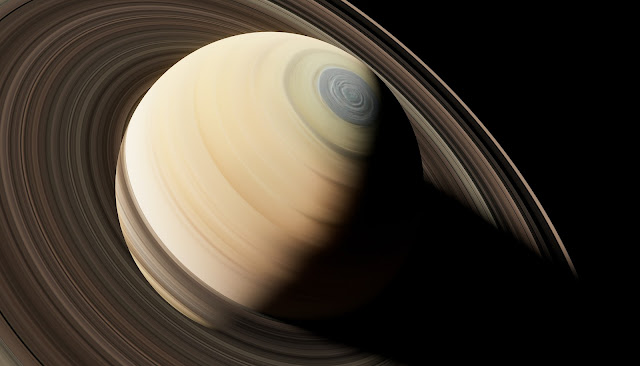Black holes - places with the highest gravity in the universe, where even light cannot escape

Black holes are the most gravitating and densest places in the universe. The gravity of these is so much that even light cannot escape it. The huge mass of these black holes store in a very small volume, and due to the enormous gravitational pull caused by this huge mass, no particle or matter can escape from a black hole. Black holes are often formed due to the massive supernova explosions that occur due to the gravitational collapse of the cores of massive stars at the end of their lifespan, and neutron stars also create by these supernova explosions of small stars. A black hole basically has 2 main structural parts. If they are, 1. Singularity "Singularity" is when the mass of any matter compresses to an infinitesimally small point, and eventually, all concepts of time and space will ultimately collapse. The theoretical physicist known as the great genius of the 20th century, Mr. "Albert Einstein," was presented in 1916. The "general theory of relativity...

